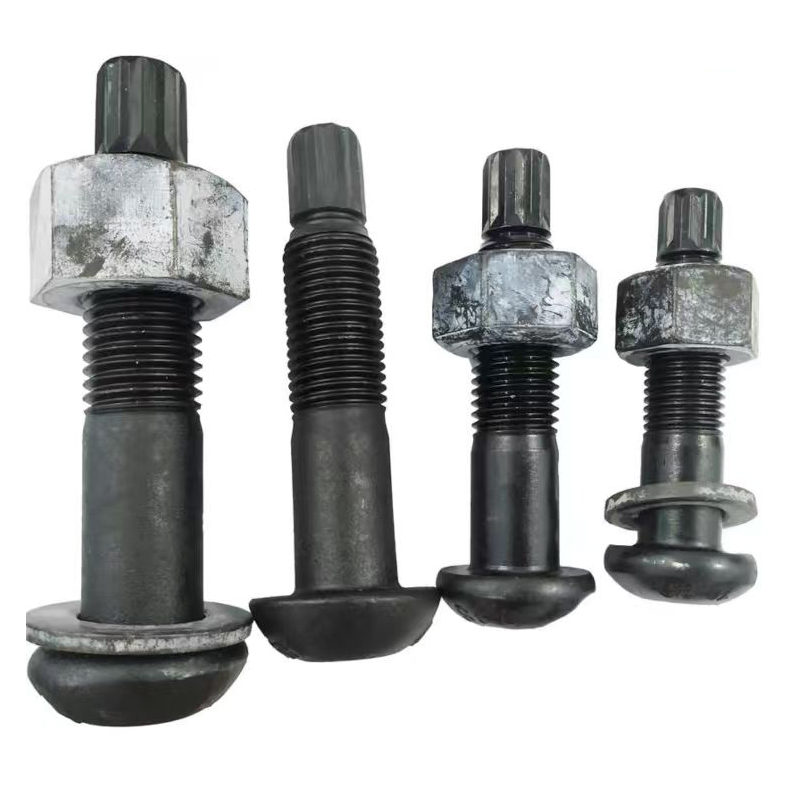- Chinese
- French
- German
- Portuguese
- Spanish
- Russian
- Japanese
- Korean
- Arabic
- Irish
- Greek
- Turkish
- Italian
- Danish
- Romanian
- Indonesian
- Czech
- Afrikaans
- Swedish
- Polish
- Basque
- Catalan
- Esperanto
- Hindi
- Lao
- Albanian
- Amharic
- Armenian
- Azerbaijani
- Belarusian
- Bengali
- Bosnian
- Bulgarian
- Cebuano
- Chichewa
- Corsican
- Croatian
- Dutch
- Estonian
- Filipino
- Finnish
- Frisian
- Galician
- Georgian
- Gujarati
- Haitian
- Hausa
- Hawaiian
- Hebrew
- Hmong
- Hungarian
- Icelandic
- Igbo
- Javanese
- Kannada
- Kazakh
- Khmer
- Kurdish
- Kyrgyz
- Latin
- Latvian
- Lithuanian
- Luxembou..
- Macedonian
- Malagasy
- Malay
- Malayalam
- Maltese
- Maori
- Marathi
- Mongolian
- Burmese
- Nepali
- Norwegian
- Pashto
- Persian
- Punjabi
- Serbian
- Sesotho
- Sinhala
- Slovak
- Slovenian
- Somali
- Samoan
- Scots Gaelic
- Shona
- Sindhi
- Sundanese
- Swahili
- Tajik
- Tamil
- Telugu
- Thai
- Ukrainian
- Urdu
- Uzbek
- Vietnamese
- Welsh
- Xhosa
- Yiddish
- Yoruba
- Zulu
- Kinyarwanda
- Tatar
- Oriya
- Turkmen
- Uyghur

channel t bolt
Understanding the Versatility of Channel T Bolt
The term channel T bolt may not immediately ring a bell for everyone, but for those in construction and engineering, it's a fundamental piece of the puzzle. These bolts are essential for securing items within channels, providing flexibility and strength. However, there's often a misconception about their application, which I'll delve into along with some personal insights.
The Basics of Channel T Bolt
A channel T bolt is uniquely designed with a T-shaped head, allowing it to slide into place within channel tracks. It's commonly used in structural framing, rail systems, and various modular assemblies. The fitting is not just about ensuring stability but also about ease of adjustment, especially in complex setups.
The real advantage of these bolts lies in their ability to be repositioned without dismantling the entire structure. I've often seen projects ground to a halt because of misalignment issues, and these bolts are invaluable in such scenarios. Tightening or loosening them is intuitive, a bit like twisting a jar lid—you feel the grip change under your hand, an immediate feedback loop.
However, the material quality of the T bolt is something that can’t be overlooked. I remember one particular project where we faced unexpected delays due to substandard bolts that sheared under pressure. This highlights the importance of sourcing from reputed manufacturers like Handan Zitai Fastener Manufacturing Co., Ltd., known for not cutting corners.
Applications and Misunderstandings
A common misconception is treating channel T bolts as interchangeable with standard bolts. This is a mistake. Their specific engineering is crucial for situations where alignment and repositioning are frequent requirements. I once saw an installation where regular bolts were forced into channels, leading to compromised structural integrity. It's like using a rubber band for a task that needs a steel cable—fundamentally misguided.
The flexibility that these bolts offer is undeniably one of their biggest selling points. Consider a scenario where multiple fixtures share the same rail. The ability to add or remove fixtures effortlessly, by simply sliding the channel T bolt, can streamline operations. During one build, this adaptability allowed us to adjust the lighting setup repeatedly until we achieved the desired illumination angles.
Despite their advantages, it's crucial to correctly interpret specifications. Overloading them can lead to failure, as I learned when a colleague misread the weight capacity, causing a section of an overhead rack to give way. A mistake not easily forgotten, and a lesson in the importance of thorough planning and verification.
Quality and Sourcing
Sourcing high-quality channel T bolts is critical, and that's where companies like Handan Zitai Fastener Manufacturing Co., Ltd. come into play. Located in Yongnian District, Handan City, Hebei Province, they are strategically positioned in China’s largest standard part production base. Their proximity to major transportation hubs like the Beijing-Guangzhou Railway ensures efficient logistics and delivery.
Handan Zitai Fastener Manufacturing Co., Ltd., with its comprehensive production capacity, offers robust solutions that withstand practical challenges on-site. Their commitment to quality mirrors what I've seen on construction sites—their bolts perform reliably even under demanding conditions. Always choose manufacturers who prioritize quality and have proven their reliability in the industry.
Moreover, when consistency and precision are paramount, having a trusted supplier ensures not just access to high-quality materials but also the assurance of technical support when needed. Companies like Zitai go beyond just selling products; they become partners in your project's success.
The Technical Edge
Adopting the right channel T bolt can improve project efficiency dramatically. However, understanding its integration into existing systems is vital. The T-shaped head's orientation needs matching to the channel's groove—not always a straightforward task in older or non-standardized setups. This sometimes requires on-the-spot ingenuity, something field work has taught me to appreciate.
When I first started working with these bolts, I often underestimated the torque needed, ending up with either overtightened bolts or those that didn’t hold up. The subtlety comes with experience and the feel for the tool. It's why workshops often emphasize hands-on practice over theoretical training—there’s a tactile memory you build up that guides your action without needing to think.
Ultimately, a balance between technical specification comprehension and practical application plays a pivotal role. As projects grow in complexity, leveraging the adaptability of channel T bolts is an asset, provided you handle them with an understanding honed by experience.
Expanding Horizons
The capabilities of channel T bolts continue to expand with evolving designs. Manufacturers are experimenting with materials like advanced alloys to address specific challenges like weight reduction and corrosion resistance, crucial in industries like marine construction. I anticipate these advancements will redefine what's possible, opening doors to applications yet to be conceived.
In fact, using a lightweight composite T bolt prototype during a recent project, we managed to cut down installation time significantly. These innovations are not just academic; they translate into practical benefits. Keeping abreast of emerging trends in the fastener industry is invaluable, especially when new challenges arise.
Partnerships with manufacturers like Zitai, found at https://www.zitaifasteners.com, can provide a competitive edge. With their finger on the pulse of future developments, they offer insights that could very well define the next phase of fastening technology.
Related products
Related products
Best selling products
Best selling products-
 Stud bolts
Stud bolts -
 Electrogalvanized chemical bolts
Electrogalvanized chemical bolts -
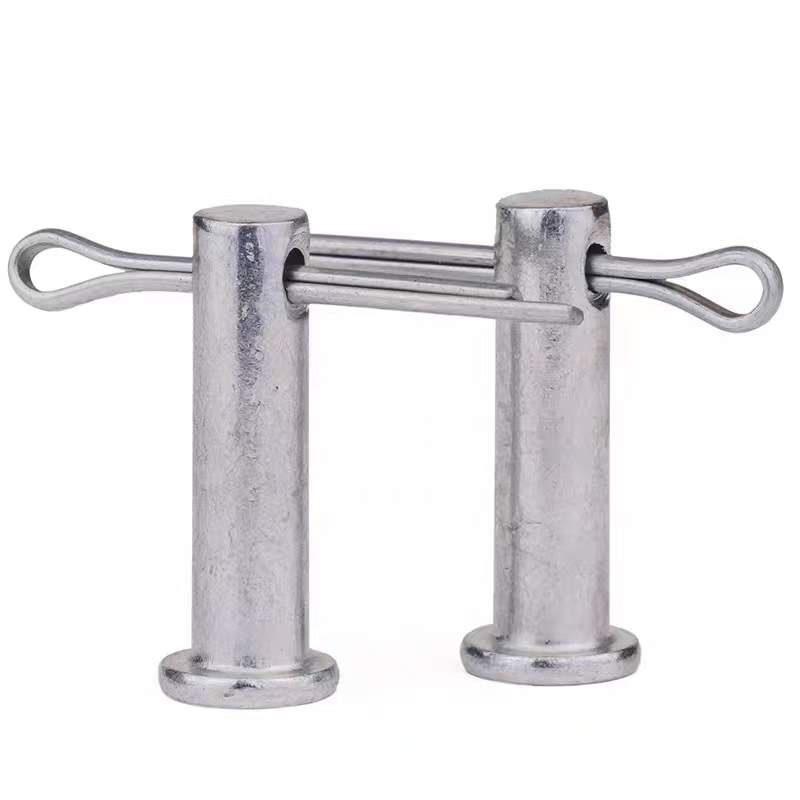 Electrogalvanized pins
Electrogalvanized pins -
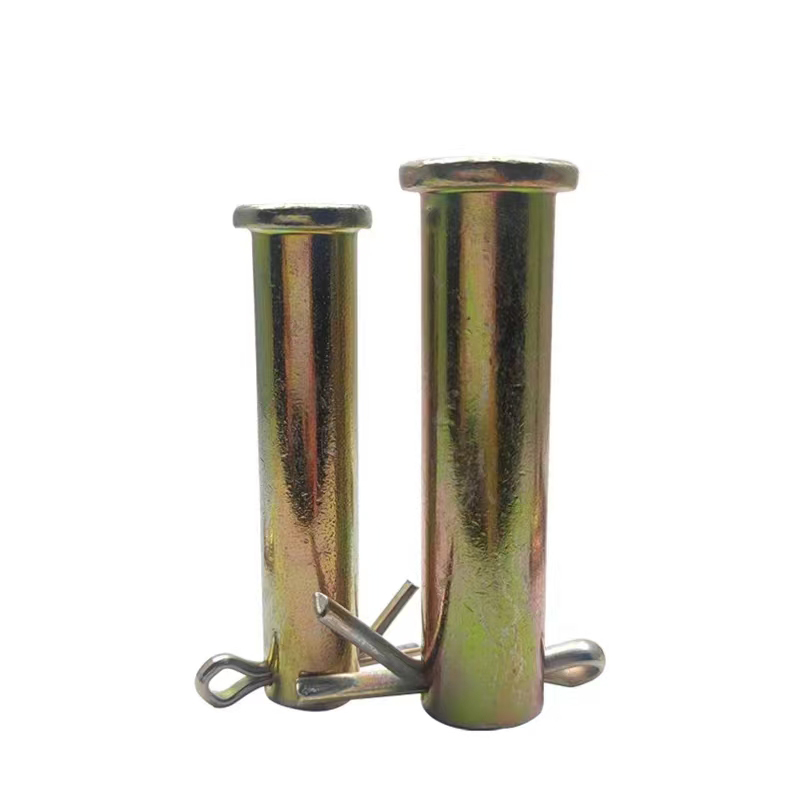 Colored zinc-plated pins
Colored zinc-plated pins -
 Colored zinc flange bolts
Colored zinc flange bolts -
 Colored galvanized hexagonal drill tail wire
Colored galvanized hexagonal drill tail wire -
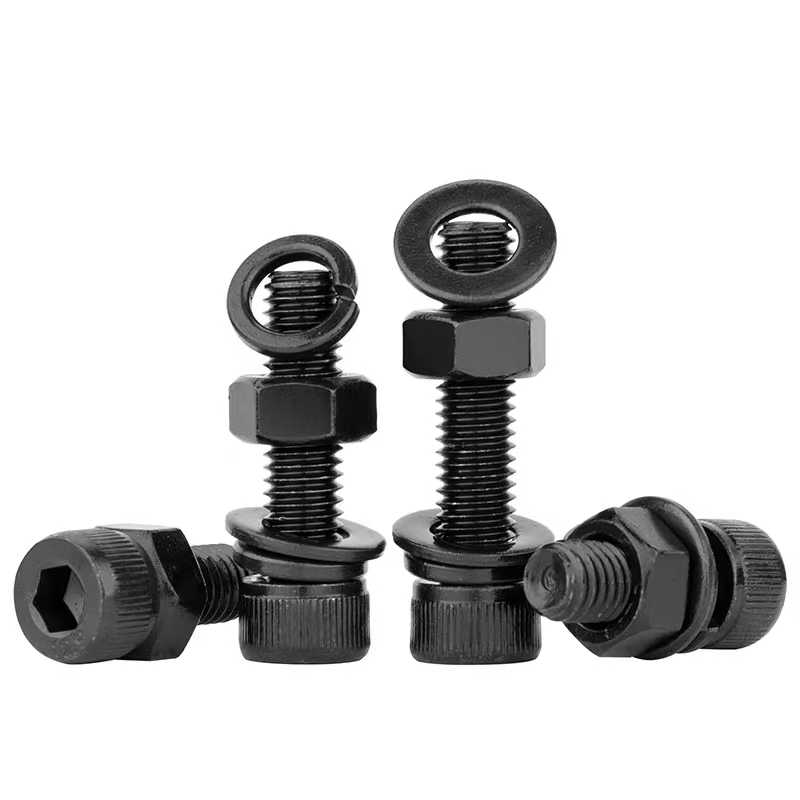 Hexagon socket black zinc-plated bolts
Hexagon socket black zinc-plated bolts -
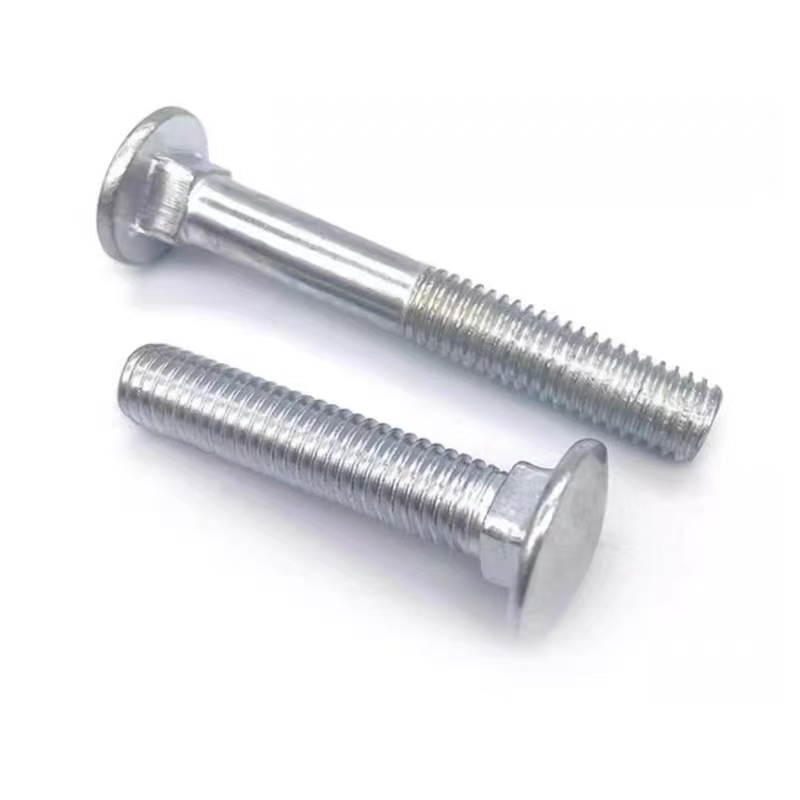 Carriage bolt (half-round head square neck bolt)
Carriage bolt (half-round head square neck bolt) -
 Hot-dip galvanized chemical bolts
Hot-dip galvanized chemical bolts -
 Black zinc plated hexagonal bolts
Black zinc plated hexagonal bolts -
 10.9S large hexagon bolts
10.9S large hexagon bolts -
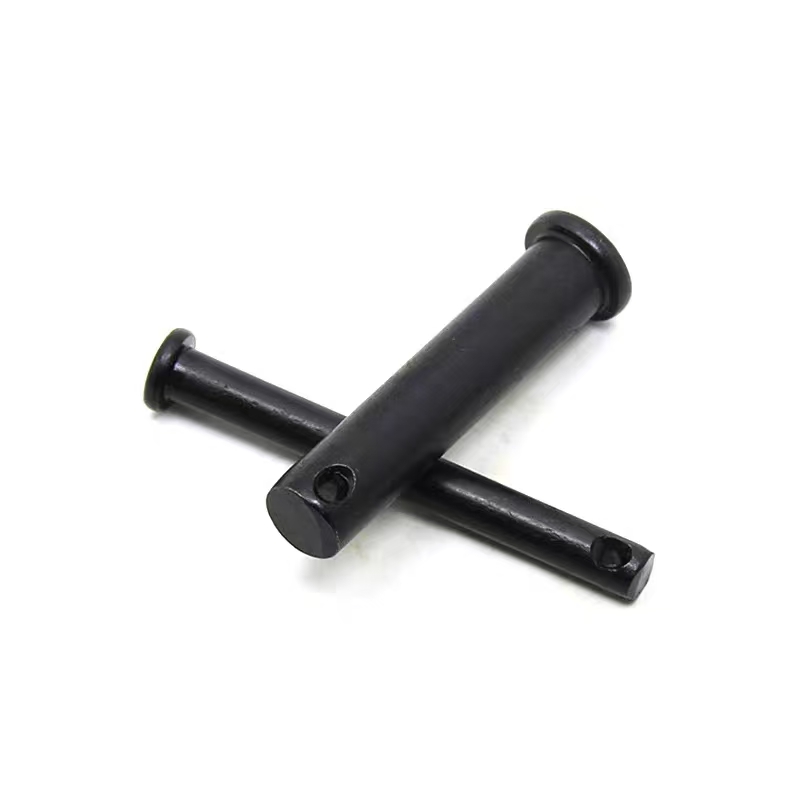 Black zinc plated pin shaft
Black zinc plated pin shaft





